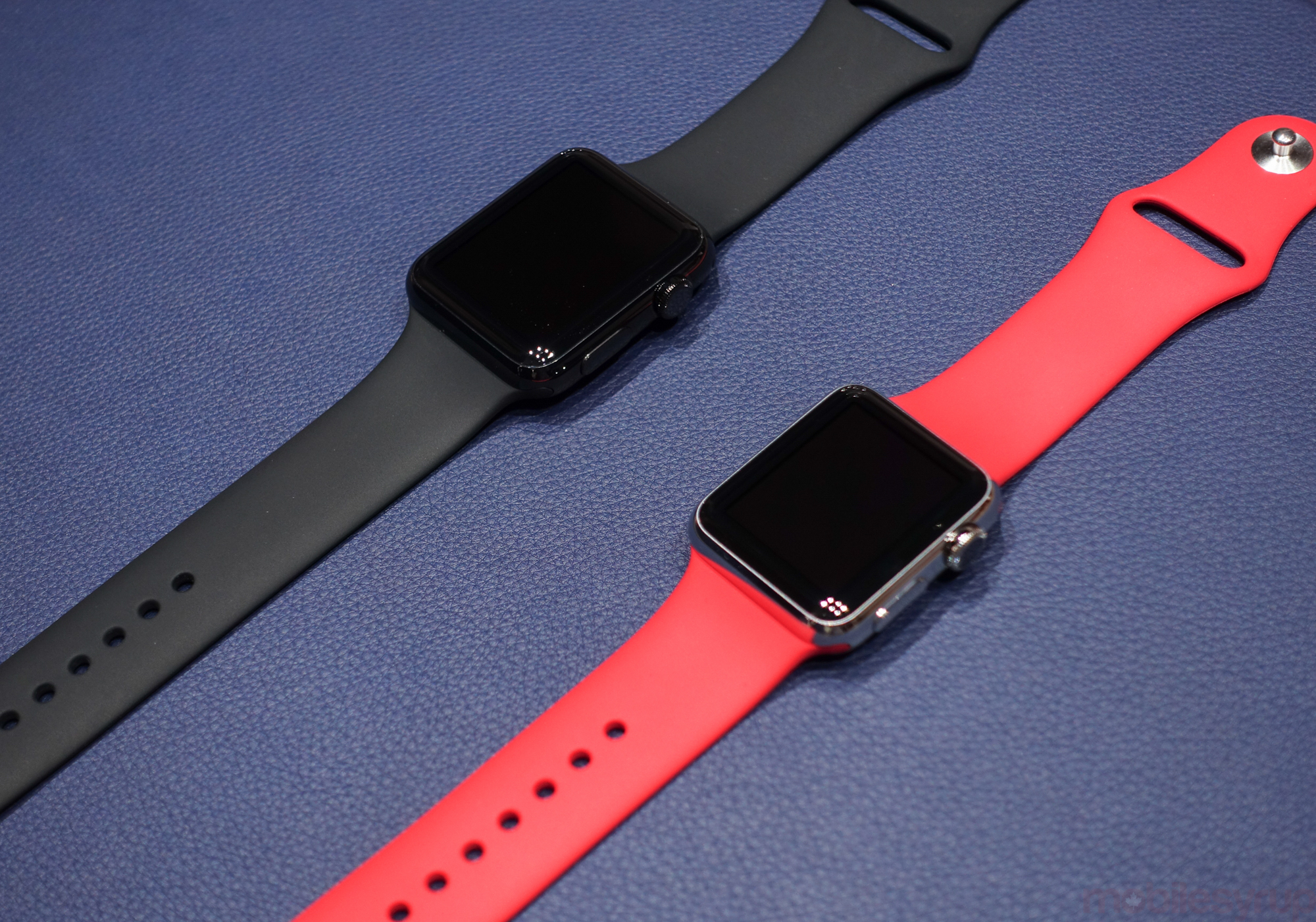
With more than six months since the launch of the Apple Watch, one publication called Wristly has devoted itself to studying how people use the much-hyped wearable.
Although the study was obviously focused on the Apple Watch, a lot of its conclusions resonate with other wearables like the Samsung Gear S2 and Moto 360. Let’s take a look.
When it comes to glancing at their device, 38 percent of Watch owners did so two to three times an hour. A smaller 28 percent glanced between four and five times per hour. Extrapolated over the course of 14 to 18 hours, this means most people look at their smartwatches somewhere between 60 and 80 times over the course of a full day.
An independent study conducted by researchers at the University of Stockholm confirmed this finding. It also found most people spend about 3.8 seconds looking at their watch per glance. Combined with data from the Wristly study, 60 to 80 glances over the course of a given day amounts to most people spending about four minutes per day looking at their Apple Watch.
More interesting are the features people don’t use. According to the Wristly study, which surveyed some 1450 Watch owners, 34 percent of people don’t use the Time Travel feature introduced with watchOS 2.0. Moreover, despite the introduction of native third-party app support (also with watchOS 2.0), on a day-to-day basis 80 percent of Watch owners don’t use apps at all. Those that did use apps generally stuck to Apple’s pre-installed ones, like Maps and Music, both of which were used as companions to the iPhone.
Another 14 percent of people who took part in the Wristly study have never used their Watch to make a phone call.
This is obviously something both Apple and every other wearable tech manufacturer is going to need to solve if the industry is going to go anywhere. At present, most wearables don’t perform a given function significantly better than their peers in the smartphone space.
MobileSyrup may earn a commission from purchases made via our links, which helps fund the journalism we provide free on our website. These links do not influence our editorial content. Support us here.


